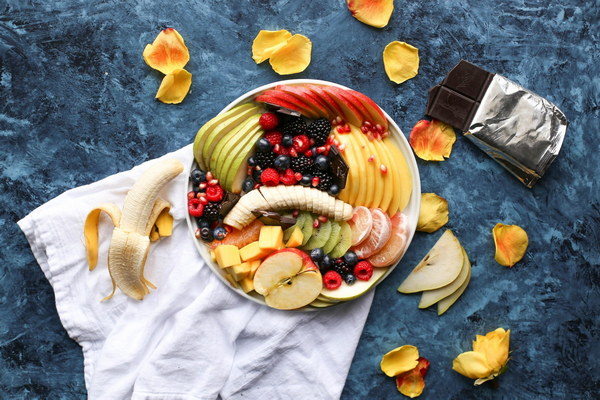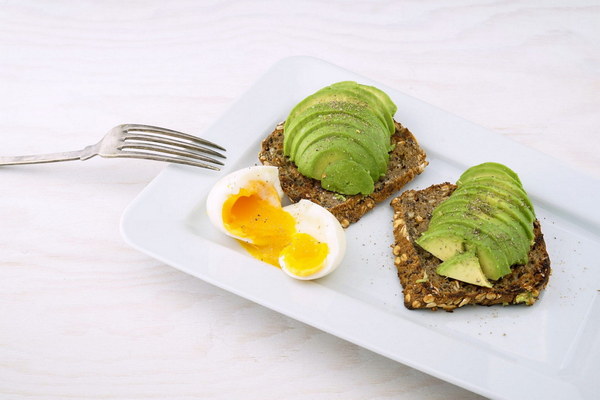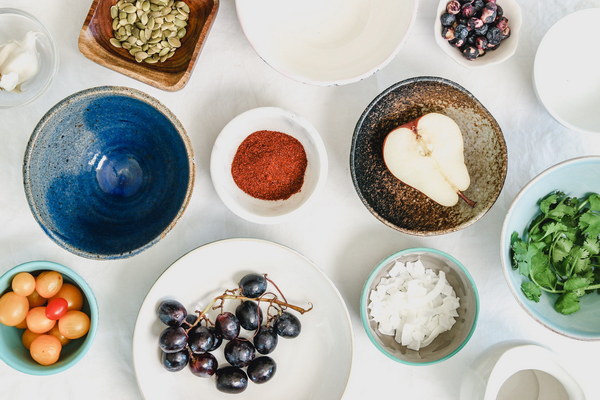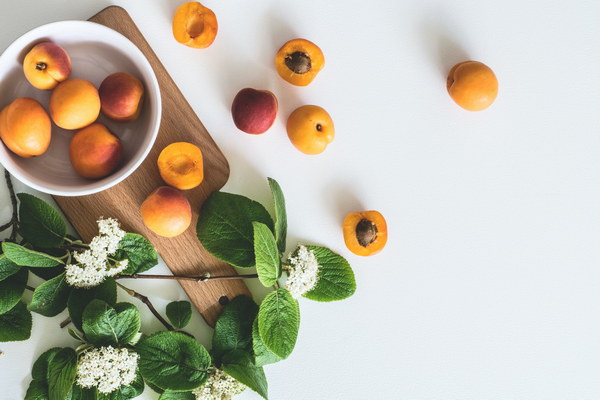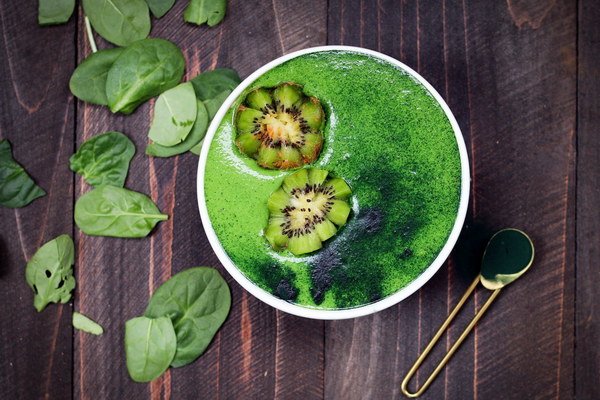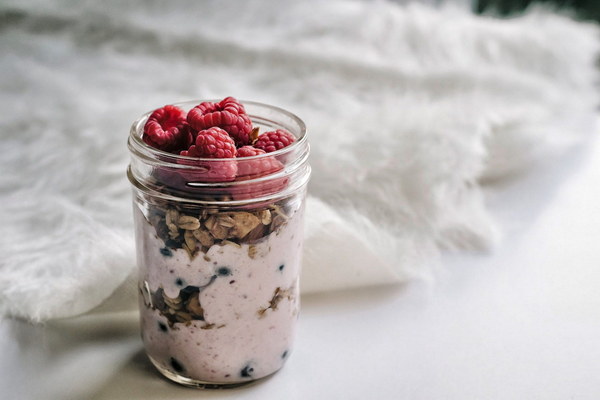The Art of Tea Drinking Nourishing Body and Mind
In the realm of wellness and self-care, the practice of tea drinking stands out as a timeless ritual that not only soothes the palate but also nourishes the body and mind. Known as Pinyin Yang Shen in Chinese, the concept of tea drinking for health and vitality has been cherished for centuries. This article delves into the art of tea drinking, exploring its health benefits, the perfect brewing process, and the cultural significance of this ancient tradition.
The Health Benefits of Tea

Tea, derived from the leaves of the Camellia sinensis plant, boasts a myriad of health benefits. Here's a closer look at some of the key advantages:
1. Antioxidants: Tea is rich in antioxidants, which help combat free radicals in the body and reduce the risk of chronic diseases such as cancer and heart disease.
2. Caffeine: While tea contains less caffeine than coffee, it still provides a gentle stimulant effect that can enhance mental clarity and improve cognitive function.
3. Weight Loss: Certain types of tea, such as green tea, have been shown to boost metabolism and aid in weight loss.
4. Digestive Health: Tea can help improve digestion and reduce the risk of gastrointestinal disorders.
5. Heart Health: Regular tea consumption has been linked to a lower risk of heart disease due to its ability to improve cholesterol levels and reduce blood pressure.
The Perfect Brewing Process
To fully appreciate the health benefits of tea, it's essential to master the art of brewing. Here's a step-by-step guide to ensure the perfect cup:
1. Choose the Right Tea: Select a tea that suits your taste preferences and health goals. Green tea, black tea, white tea, and oolong tea are all excellent choices.
2. Water Temperature: The ideal water temperature varies depending on the type of tea. Green and white teas require water heated to around 160-175°F (70-80°C), while black and oolong teas benefit from water heated to 190-200°F (88-93°C).
3. Tea Leaves: Use fresh, high-quality tea leaves for the best flavor and health benefits. If using loose-leaf tea, measure out one teaspoon per six ounces of water.
4. Steeping Time: The steeping time for tea varies from one to three minutes, depending on the type of tea. For green and white teas, a shorter steeping time is recommended, while black and oolong teas can be steeped for a longer duration.
5. Strain and Enjoy: Once the tea has steeped to your desired flavor, strain the leaves and pour the tea into your cup. Savor the aroma and taste of the tea, allowing it to soothe your mind and body.
The Cultural Significance of Tea Drinking
Tea drinking is not just a health ritual but also a cultural phenomenon that has shaped societies around the world. Here are a few examples:
1. China: In China, tea is a symbol of hospitality and friendship. The Chinese tea ceremony, known as Gongfu Cha, is a meticulous and meditative practice that has been passed down through generations.
2. Japan: In Japan, tea is deeply intertwined with Zen Buddhism and the concept of Wabi-Sabi, which emphasizes finding beauty in imperfection. The Japanese tea ceremony, Chanoyu, is a serene and elegant experience that promotes mindfulness and self-reflection.
3. England: In the UK, afternoon tea is a cherished tradition that brings people together to enjoy a pot of tea, finger sandwiches, and sweet treats. This ritual serves as a moment of relaxation and social connection.
In conclusion, the art of tea drinking is a wonderful way to nourish both the body and mind. By understanding the health benefits, mastering the brewing process, and appreciating the cultural significance of tea, you can embark on a journey of wellness and self-care that has stood the test of time. So, the next time you pour yourself a cup of tea, take a moment to savor the flavors and the benefits that come with this ancient tradition.
